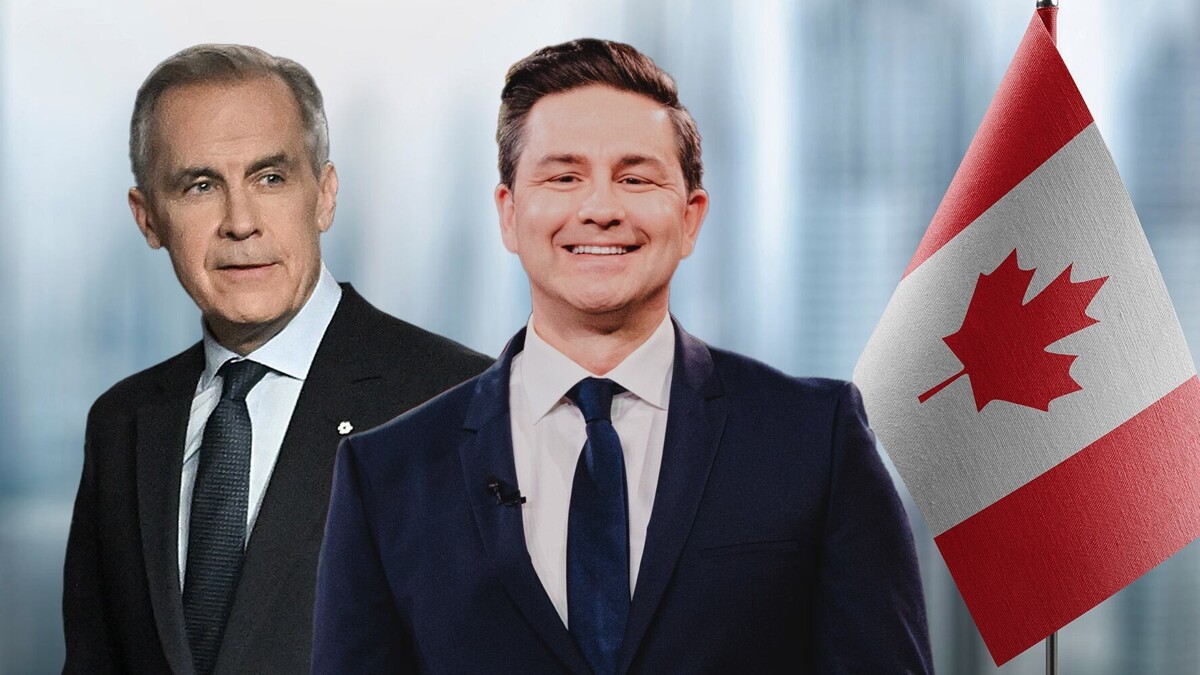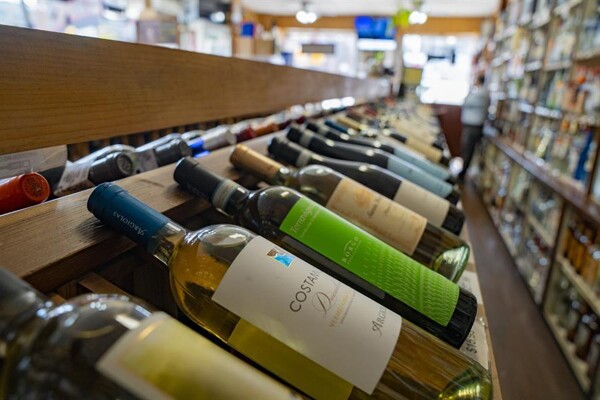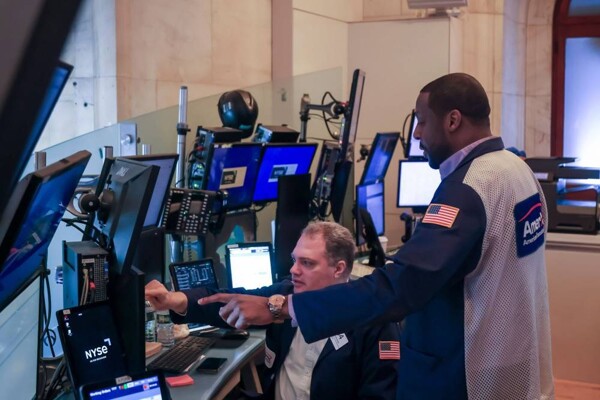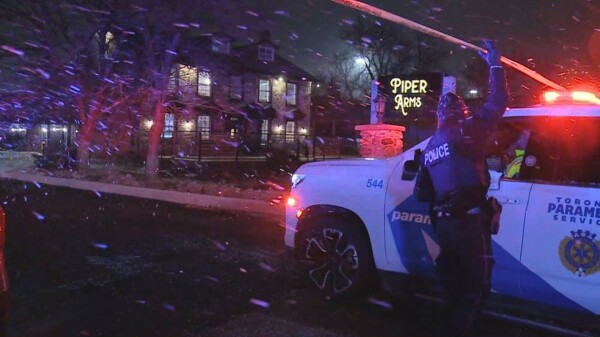
The polling agency reported a five-point lead for the Liberals on April 21. The main question on the ballot during the 37-day campaign was which candidate would better defend Canada against the aggressive actions of Donald Trump, and voters prefer Carney on that issue, according to several polls. On Monday morning, Trump reiterated his comments about making Canada the 51st state of the United States, posting on social media shortly after eastern Canadians began voting. The tragedy prompted Carney to reduce his travel agenda to focus on the country and meet with community leaders.
While the national vote is close, the Liberals have an advantage thanks to Canada's simple majority system. Liberal support tends to be broader and has historically resulted in gaining more seats per vote. Polls show that the Liberal Party has a clear lead in Quebec, which accounts for 23% of the seats in the House of Commons, with a smaller lead in Ontario, which accounts for about 36% of the seats. The westernmost province, British Columbia, seems like an outlier.
"While the race has tightened slightly in the last week, the efficiency of the Liberal vote in Ontario, Quebec, and Atlantic Canada puts them in a strong position to form government," said Abacus CEO David Coletto in an emailed bulletin. On Friday, another pollster, Leger, gave the Liberals 43% and the Conservatives 39%, two points closer than at the start of the election.
Carney was leading in the preference polls for prime minister. Conservative voting is boosted by the large majorities the party gets in seats in Alberta, Saskatchewan, and elsewhere. The Conservatives have emphasized the need for a change of course and policy for Canada after nearly 10 years of Liberal government. The Conservative Party narrowed the Liberals' lead in the final days of the Canadian election campaign, although polls still point to a likely Liberal victory in Monday's voting.
The contest reflects a radical shift from the situation at the end of last year, when the still-unpopular Trudeau was in power. The leaders of the two main parties traveled the country holding rallies and press conferences in battleground districts from the suburbs of Ontario to the Vancouver region. Carney made several stops in the Toronto area and southern Ontario, including a rally that attracted thousands near Toronto Pearson International Airport.













